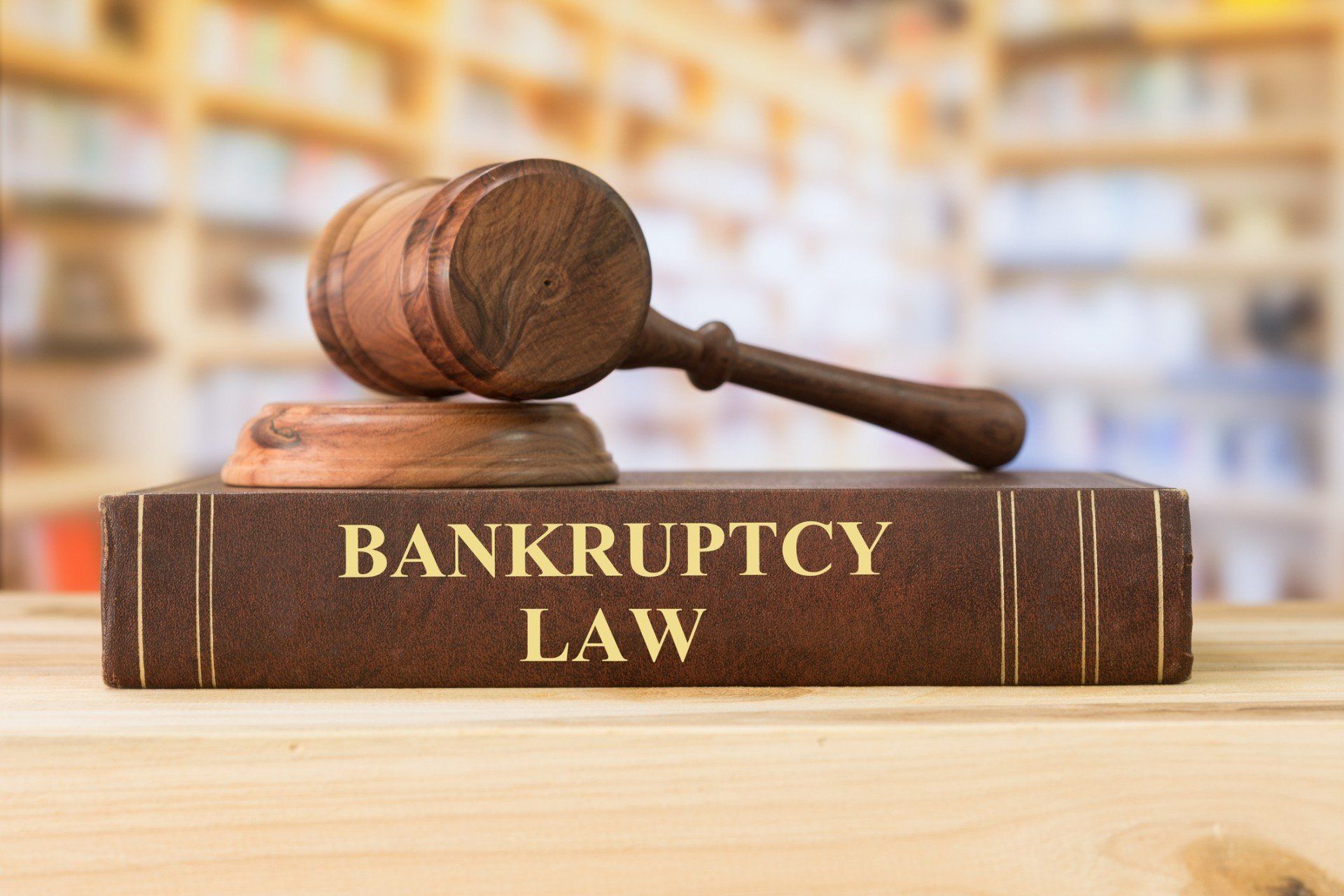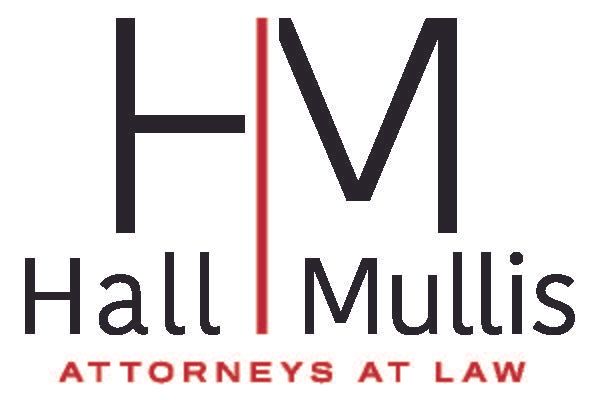Bankruptcy Information
In bankruptcy, a person, business or municipality can file for financial help in the United States Bankruptcy Court for the district in which they live pursuant to Article 1, Section 8 of the United States Constitution and title 11 of the United States Code. Once this person, business or municipality files a case, they are referred to as a “Debtor.” The Debtor has certain rights it can assert against its creditors. A creditor is defined as “an entity that has a claim against the debtor that arose at the time of or before the order for relief concerning the debtor.” 11 USC Section 101 (10).

Bankruptcy Chapters
Before filing a bankruptcy, the Debtor must determine which chapter of bankruptcy would best serve its interest.
Chapters 7, 11, 12, and 13 of the United States Bankruptcy Code provide various types of bankruptcy relief. Chapters 9 and 15 of the Code provide for municipality bankruptcy and international bankruptcy, respectively. But, these types of bankruptcies are very specialized, do not apply to consumer debtors and are beyond the scope of this web site.
Chapters 7, 11, 12 and 13 are the most relevant chapters for a debtor to consider. The average consumer will find that
Chapter 7 and Chapter 13 bankruptcy provides the best bankruptcy alternatives. Chapter 12
is limited to allowing adjustment of debts of family farmers or fisherman with regular income. Chapter 11 is a reorganization bankruptcy that is available to all debtors whether personal, business, corporation, farmer, or fisherman. Chapter 11 allows for reorganization of debts through repayment, liquidation, and/or discharge of debt. This bankruptcy is very expensive compared with Chapter 7 and 13 and is usually only utilized by those who own significant assets and can afford this type of bankruptcy.
The average debtor will choose between a Chapter 7 and a Chapter 13 bankruptcy to resolve their debt crisis. The Chapter 7 bankruptcy allows for a quick discharge of unsecured debts, but is more limited than a Chapter 13 in the debtor’s ability to retain and pay for secured property (property that is collateral for a loan), such as houses, vehicles, and furniture. It is possible to discharge unsecured debts and keep secured property in a Chapter 7 provided the payments for the property are current and kept current and the value of your property does not exceed the value you are permitted to exempt and keep for yourself pursuant to law.
In a Chapter 13, the Debtor provides for a repayment plan where some debts are paid to the creditor directly, some are paid through the Chapter 13 Trustee and some are not paid at all. For example, a Chapter 13 may be able to pay all future house payments directly to the creditor, but pay all past due house payments over time through the Trustee. The Chapter 13 debtor also may be able to pay the value of a vehicle that was purchased more than 2 ½ years ago over time and that value may be less than what is owed. The debtor also may treat all unsecured creditors such as credit card and medical bills so that they are paid a percentage of what is owed from 0% to 100% depending upon the amount of excess income that is available for repayment. Disclaimer*
